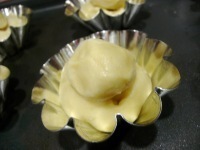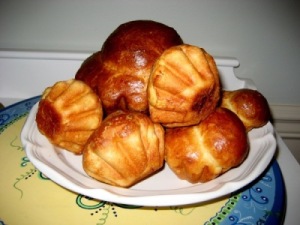Potato Rosemary Bread
 Sunday, October 4, 2009 at 10:23PM
Sunday, October 4, 2009 at 10:23PM
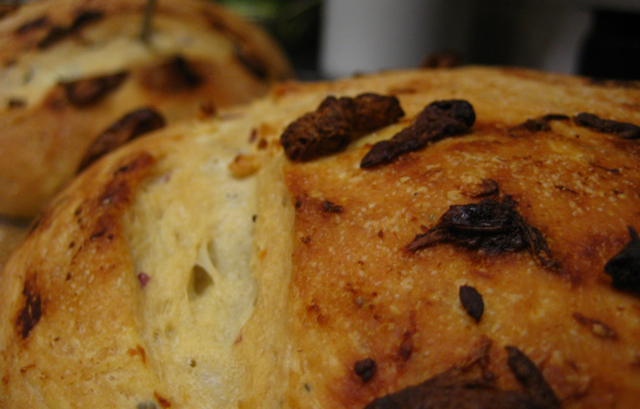
Now is when I confess my love-hate relationship with Peter Reinhart and, more specifically, with his tome, The Bread Baker’s Apprentice.
As I am working this year to slow things down, I find that this book fits the bill and I am grateful for the challenge from Nicole, the food blogger at Pinch My Salt, to bake each and every type of bread described in this thick volume. Nowhere in the entire book will one find the words quick or easy. This is hardcore, Old World baking. The loaves take days to prepare. And when the bread emerges from the oven, it is perfect. It quiets my family at the table. This is real bread and every attempt brands me a real baker.
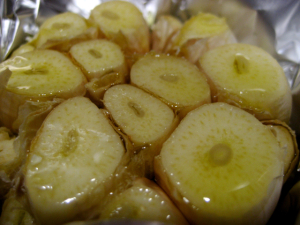 Take the Potato Rosemary Bread I made this week. I don’t know what I loved more about this recipe, its heaping cup of mashed potatoes or the succulent cloves of roasted garlic.
Take the Potato Rosemary Bread I made this week. I don’t know what I loved more about this recipe, its heaping cup of mashed potatoes or the succulent cloves of roasted garlic.
And as I was working through the instructions on Day Two, I stopped in my tracks and nearly swooned. Pepper! I had missed it in my preliminary readings (more on this later). A bread with pepper! Oh my! I considered leaving my husband and heading off to find Peter Reinhart for surely he is my soul mate.
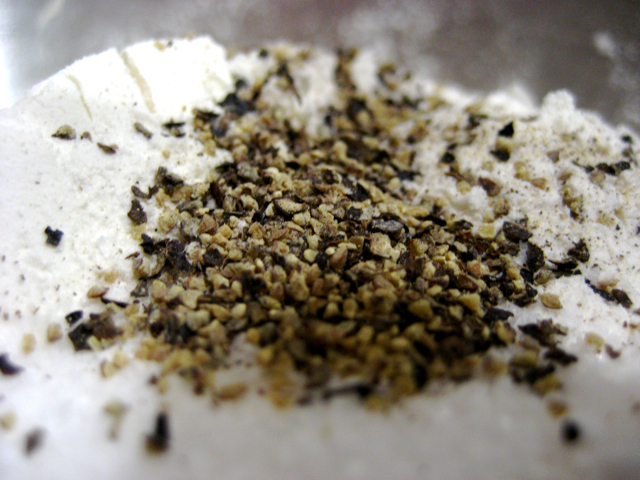
But right about now is when it becomes impossible to ignore the hate part of my experience with the recipes. Bread baking is both an art and a science. On both fronts, these recipes are the baker’s version of the X-Games. And let’s just say that I am a little out of shape.
After choosing a bread to tackle, I read the recipe thoroughly and scour the kitchen and various specialty stores to make sure I have all of the ingredients. Then I carefully consider our schedule to verify that I have time available in the correct increments necessary for the recipe. I read the recipe again the night before I begin.
Often the first day’s steps can be completed easily in the late afternoon with WJ. Day One typically involves some water (at room temperature), some yeast (quick acting), and some flour (carefully measured). What could go wrong?
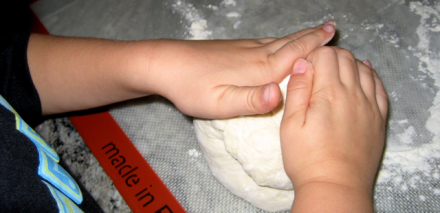
Let’s see… I could forget to leave out water and have to take a break for the water to adjust to the correct temperature or else play a crazy guessing game trying to remember what room temperature feels like, which risks killing the yeast, quick acting or not. Or I could turn the mixer on, set on SLOW albeit, and watch, jaw dropping to the floor, as the carefully measured flour rises up like a cloud and showers down on the counter.
On Day Two, when the tasks are divided into mixing, kneading, fermenting, forming, proofing, and baking, any number of things could go awry. I could forget to add the rosemary until after both the mixing and the initial kneading. I could knead, and knead, and knead and still find the internal temperature of the dough to be three degrees below Reinhart’s guidelines.
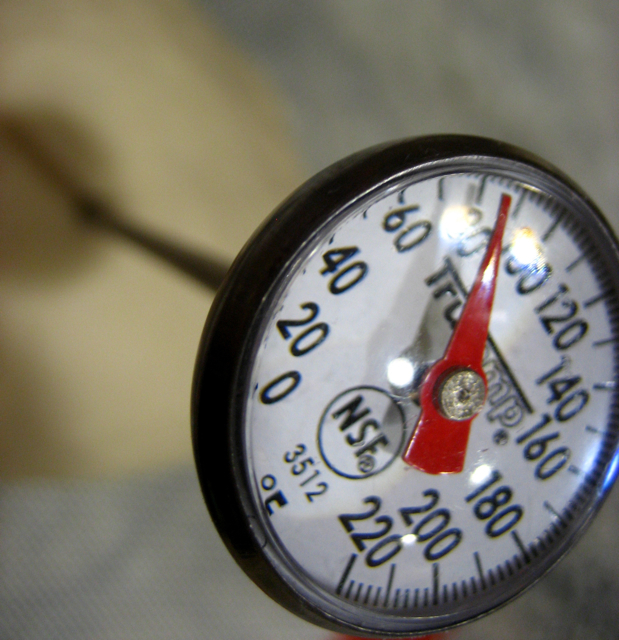
I could get so distracted by the temperature issue that I miss the instructions tucked in at the end of that dense paragraph, the instructions about spreading those miraculous cloves of roasted garlic over flattened dough and kneading them in before the two hours of fermenting and one to two hours of proofing. I could miss that detail entirely until I spot the garlic on the counter while sliding the nearly finished loaves into the oven and be left with no other option than to squish the garlic and spread it in globs over the top of the dough, hoping for the best.
At each turn, there is an opportunity for failure. Which brings me right back to the love, because nearly every time I come face to face with Mr. Reinhart and the Bread Baker’s Apprentice Challenge, I walk away amazed that somehow I have been able to keep up.
What challenges have left you feeling suprised with yourself?
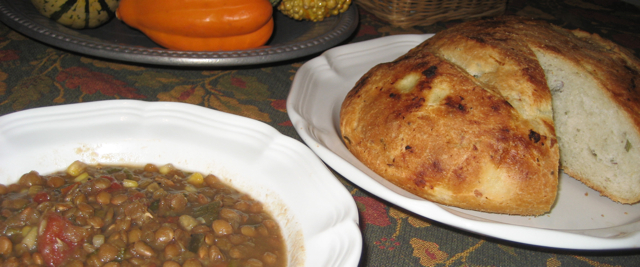
 Emily |
Emily |  15 Comments |
15 Comments |  Baking,
Baking,  Mom's goals
Mom's goals 














